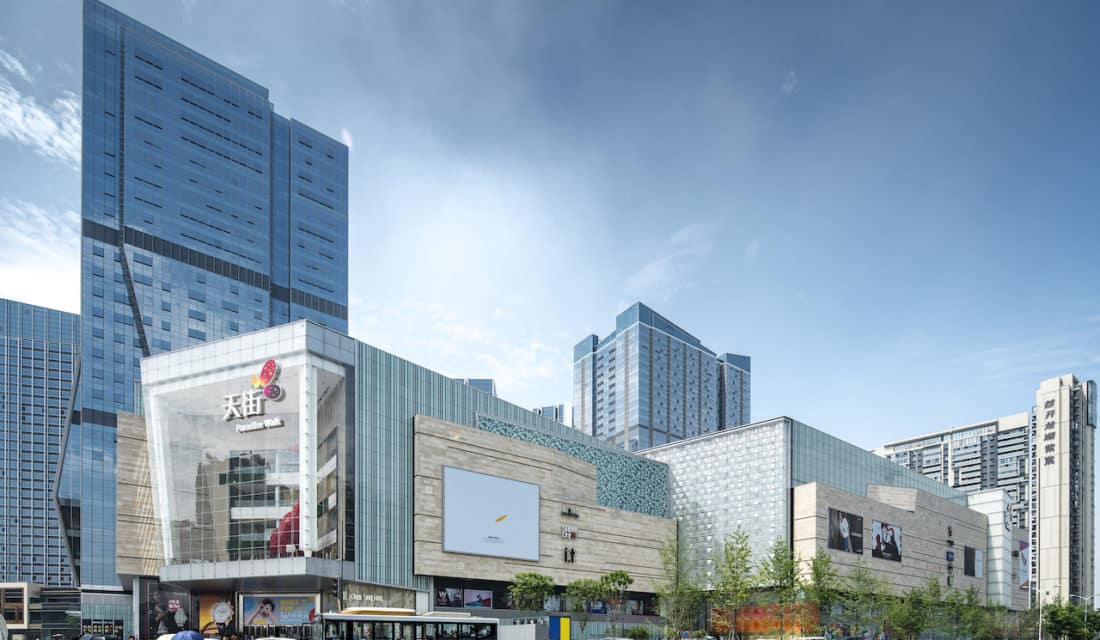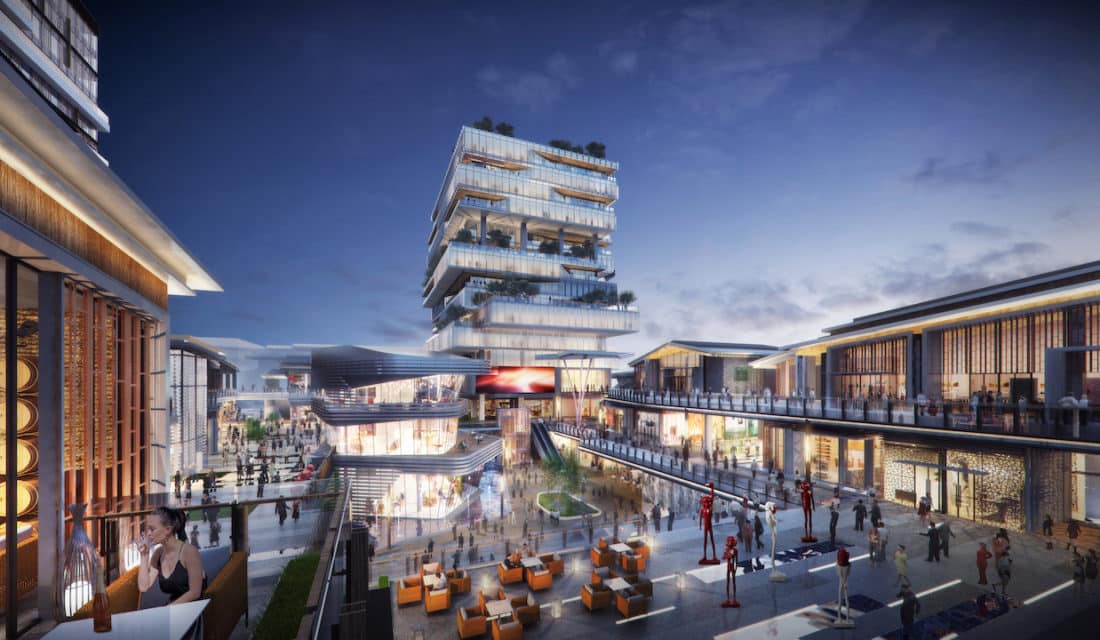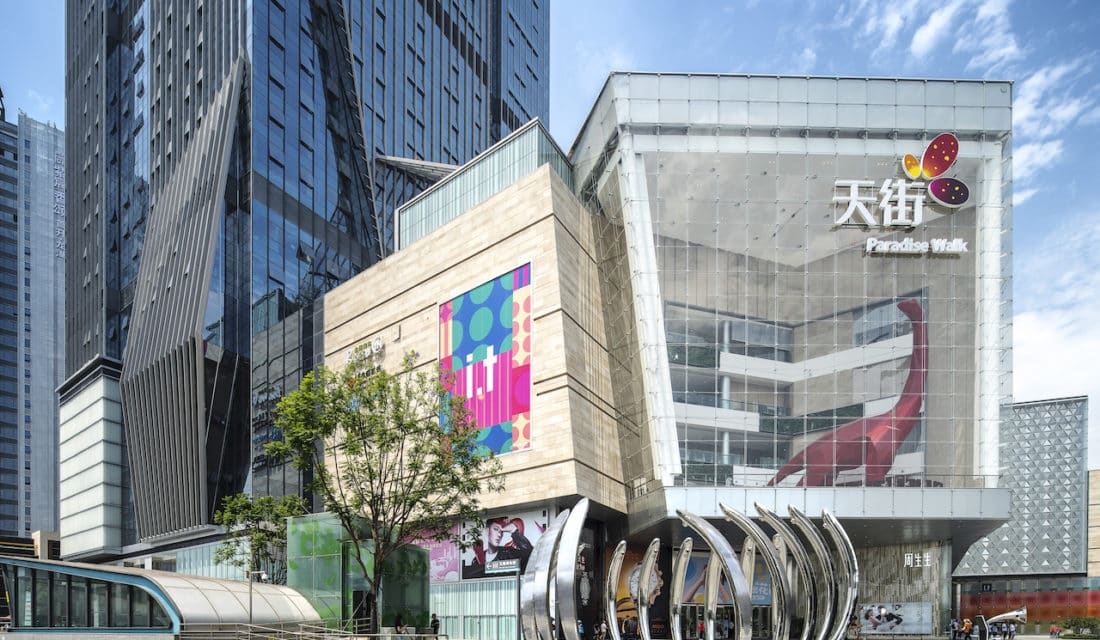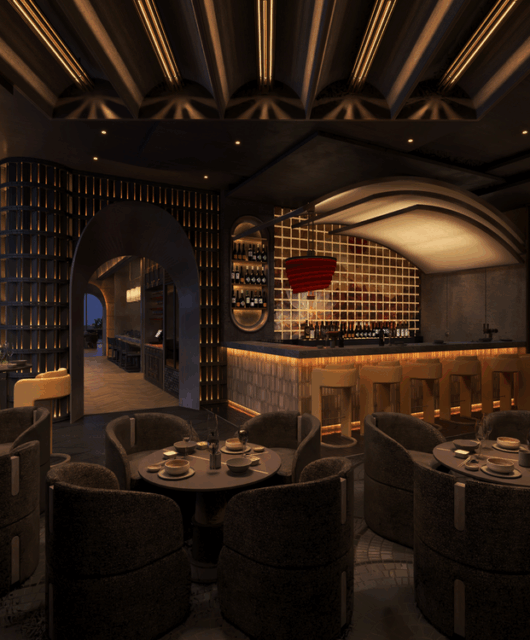 Ferdinand Cheung, director, LWK + PARTNERS and Kourosh Salehi, design director at LWK + PARTNERS, MENA, discuss how human connections play a vital role in the success of retail architecture
Ferdinand Cheung, director, LWK + PARTNERS and Kourosh Salehi, design director at LWK + PARTNERS, MENA, discuss how human connections play a vital role in the success of retail architecture
“The future of retail architecture is about human connections,” said Ferdinand Cheung, director at global architectural firm LWK + PARTNERS and a seasoned mixed-use commercial designer. “Retail centres have shifted from being a venue of pure transactions to serving a series of larger community purposes where people socialise and engage in happenings.” The change in consumer patterns is certainly felt throughout the industry. As Kourosh Salehi, LWK + PARTNERS, design director and one of the principal designers observes: “Commercial developers are investing in commissioning more vibrant and alternative offerings. With transactions moving online, physical presence has decreased, but it doesn’t mean people are shopping less. It points to a change in consumer behaviour around how they shop or what kind of services come with their purchases.”

VALUE-ADDED EXPERIENCE

“Contemporary retail centres focus on ‘what you do and experience there’ rather than ‘what you buy there’,” according to Cheung , “They are no longer just places for straightforward transactions to take place. Themes, events, happenings are injected to jazz up the whole process of transaction. The objective is to provide a unique and memorable process.” This rising demand for vibrant, social experiences has led developers to adjust their development and leasing strategies, to include a wider variety of entities in their tenant mix, including cultural and exhibition venues, children’s discovery centres and all-inclusive lifestyle stores. Pop-up stores are also becoming a tendency to provide incubator spaces for foreign ventures or young brands to promote experimental ideas. Even big luxury brands, traditionally seen as anchor tenants at landmark shopping malls, are evaluating their store strategies to utilise more of these temporary spaces, showcasing seasonal themes and boosting their exposure to new audiences.
Brands are also reaching out for a different relationship with their customers that focusses more on the emotional factor. Cheung thinks design is a way to strengthen that connection, by communicating the nuances of brand identities: “There is a cultural aspect to designing retail spaces. Stores have come to represent the kind of lifestyle which a brand embraces, and they are important sites for forging relationships with customers, who are increasingly looking for a sense of personal connection and belonging.” Part of that belonging comes from the level of personal touch felt at the store, which is increasingly seen as an ingredient for success in customer engagement. “Retailers recognise that a personalised one-on-one experience can increase sales, customer loyalty and enhance shopper experiences,” said Salehi.

IMPLICATIONS FROM THE CHINA STORY
Growing from its roots in Hong Kong, LWK + PARTNERS commands 34 years of built-environment experience in Asia with a diverse oeuvre stretching from mixed-use commercial complexes, luxury residences, schools and institutional facilities to urban planning, landscape and interior design. China is where it built its reputation, and recent years have seen it expanding beyond Asia with its Dubai studio opened in 2018, to facilitate its MENA expansion. The latest studio opened in Singapore last year signifying further growth in Southeast Asia. In the sophisticated, rapid-growing market of China, where retailers and mall operators keep uplifting their standards and operation models to align with changing consumer behaviours, LWK + PARTNERS is working with major developers to craft a series of lifestyle-driven complexes offering tailor-made solutions in the form of immersive environments. This approach is expected to set the tone for future retail environments especially in regional urban cores. Turning to the MENA market, Salehi thinks there’s much to learn from the practice’s China experience: “The trend is to embrace innovative, customer-centric spaces which are engaging and enhance shopper experiences. Businesses must put more effort than ever into integrating with the overall community than being simply a service or product provider.”
DIGITAL HORIZONS

“Online commerce is not exactly replacing physical retail as many has been debating for the last five years or so,” said Cheung, “Digital transformation has offered new opportunities to rethink and revaluate what the physical venues meant for us. Ultimately, it is about defining a way of living.” The likes of e-commerce, data analytics and augmented/virtual realities has hit the retail industry with a new ecosystem. But once the online frenzy has passed, it became clear that customers are still shopping in physical stores, high streets and malls. In the Middle East especially, online retail still accounted for a smaller share of the market, at an estimated 2-3% compared with 10-15% in developed western economies, according to a 2019, report on new retail by PwC. “In contrary to common belief, people aren’t shopping less in physical environments. Even in China where internet shopping penetrates even the most rural communities, brick-and-mortar retail still accounts for most of the total retail sales,” said Salehi. “But we definitely see a major change in consumer behaviours. For instance, the social and retail-tainment aspect of shopping has by all accounts increased, which has pushed retailers to respond more innovatively to engage and connect with their customers.”
As consumers demand more than pure products and services, a new set of design criteria has emerged for physical stores. Retail designs are fast becoming multi-sensory and rely on a wealth of activating tools including the overall building and spatial design, lighting, creative signages, wayfinding systems, and more. Experiential retail is increasingly considered an effective approach to marry online and offline retail, with well-curated user experience at the centre and with the aim to catalyse social activities. For Cheung, the emergence of the omnichannel approach is a feature of maturing markets: “With the practicalities of transactions streamlined digitally, people start to focus more on their surrounding physical environment. They crave for real-life experiences like discovery and human interactions, something unavailable online. The satisfaction gained from physical experience is irreplaceable.” The implication for future retail design is clear: spaces must be flexible and highly receptive for digital plugins that will only get more advanced as time goes on. As retail brands are moving fast to reinvent the retail experience with eclectic technologies, the best solutions of our time will need to address the need to connect businesses and customers in all dimensions.

THE NEXT TREND IS PEOPLE
Habits change and trends evolve. “Flexibility and changeability are critical,” said Cheung. “For a successful retail space, we not only have to look into the visual and the experience, but also need to consider the usage and nature of the spaces provided.” The future of retail is defined by consumers’ desires, wishes and craves. Retail spaces are evolving into lifestyle complexes that offer people the choices to organise their lives in ways that reflect personal values and preferences. Urban space has become a medium of self-expression. In the digital age, architects and retail designers are also getting ultra creative to help businesses capitalise the advantages of technology to build stronger ties with their customers. “It is long understood that urban spaces have profound cognitive effects on a city’s inhabitants,” said Salehi, “Yet too often the imperative to design something unique and individual tends to override considerations of how it might shape the behaviours of those who will dwell in it. Places should primarily be about people and their designs should therefore be conceived according to their needs in real life.







